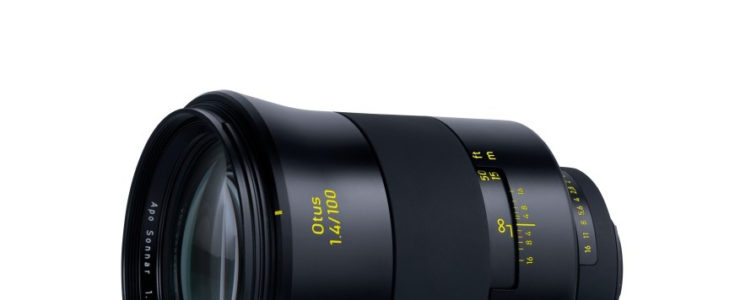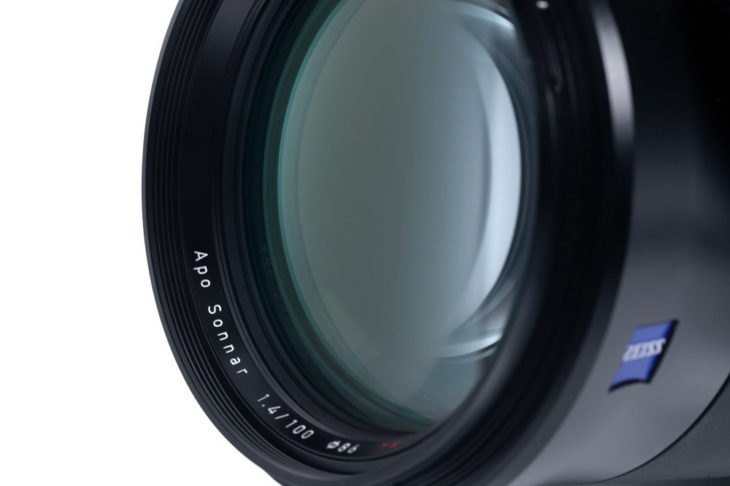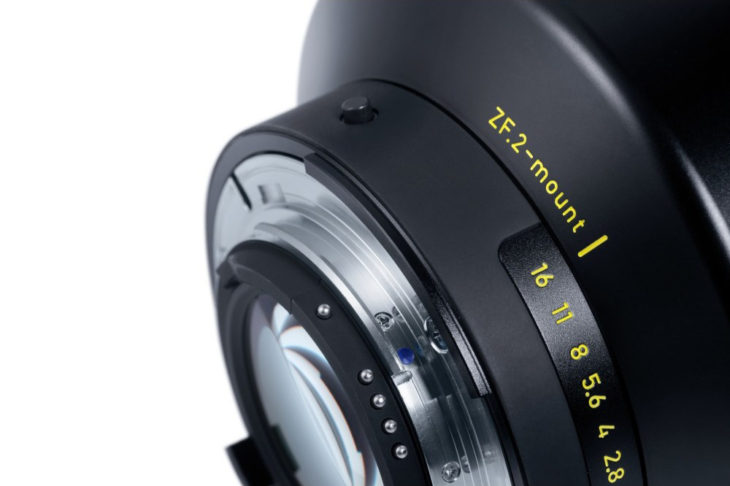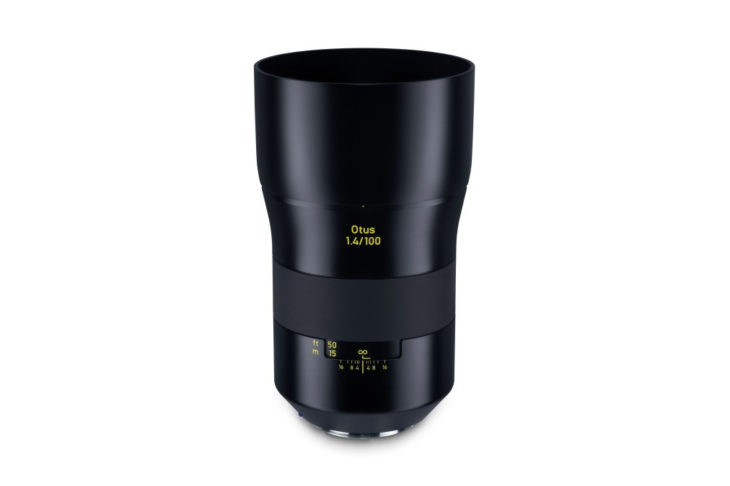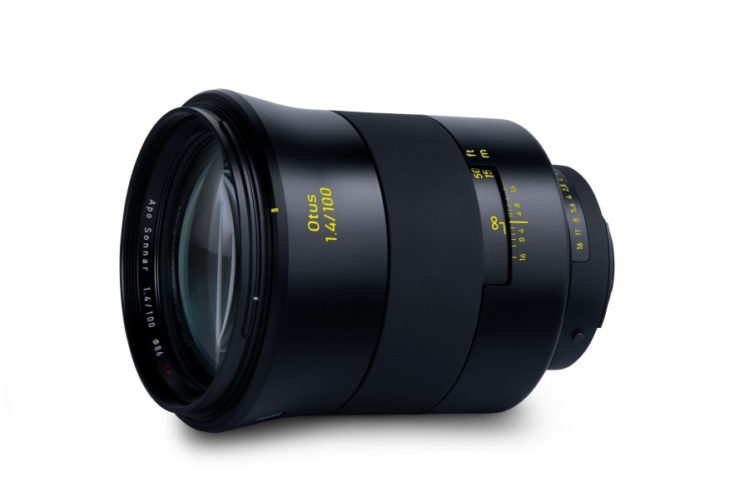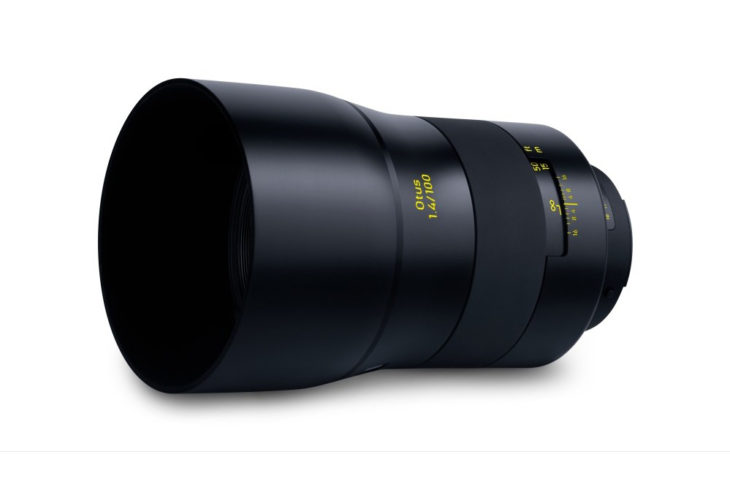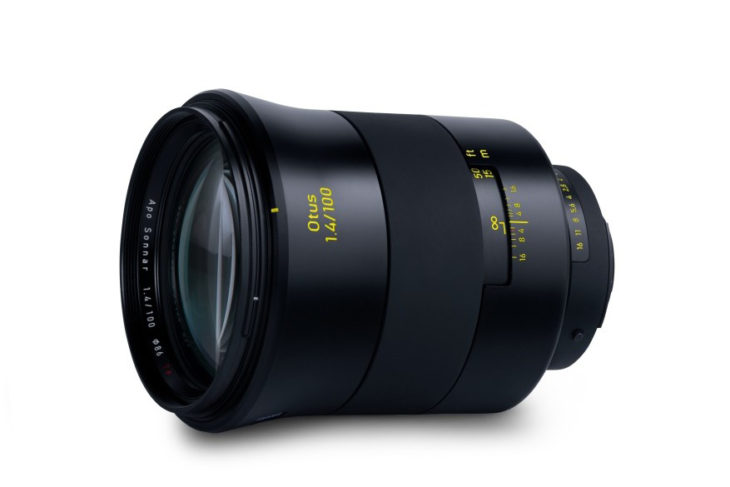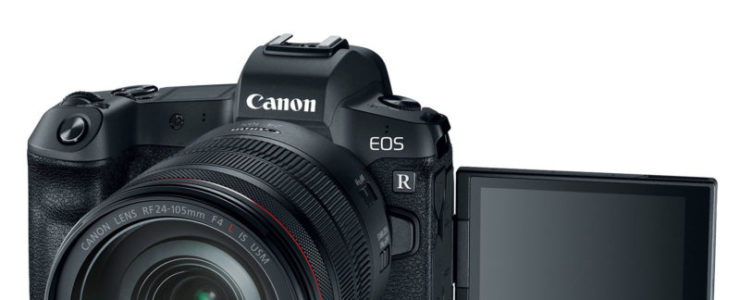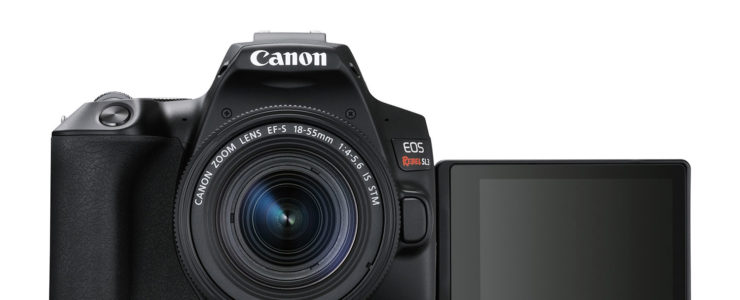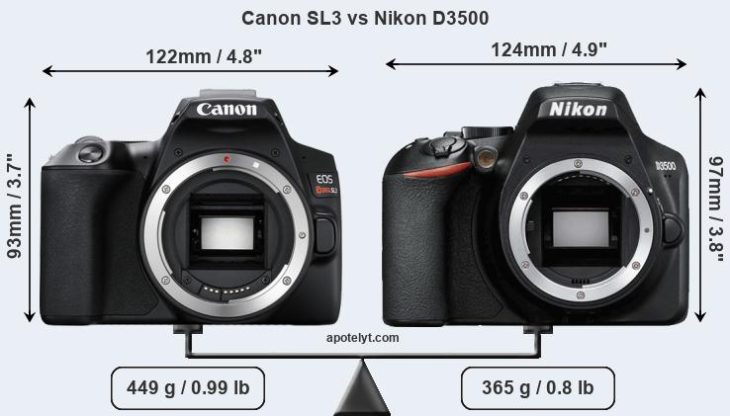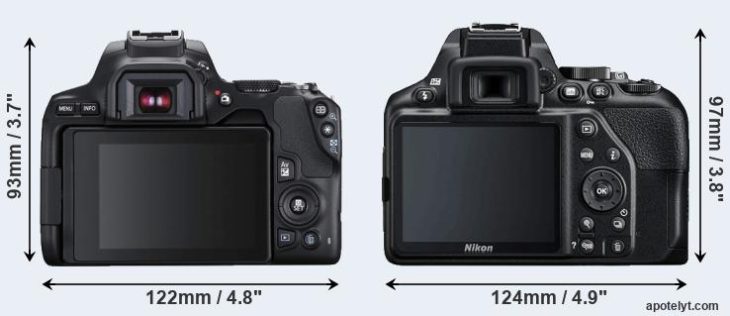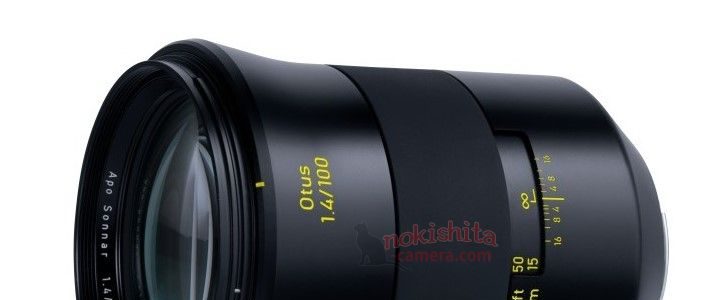Follow us:
Instagrammer With 5.3M Followers Decided To Switch From Canon To Sony, Here Is Why
Renowned Photographer Paul Nicklen switched from Canon to Sony, and he explains the reasons in a newsletter.
[via Sony Alpha Rumors]I’ve switched to Sony mirrorless cameras. Here’s why.
I know these words might frustrate some of you, because for photographers, investing in gear is a huge financial commitment and we all want to get it right the first time. Once we go down a path of bodies and lenses, it’s difficult to switch.
I’ve made the decision to switch from my DSLR system to a Sony mirrorless system because I’ve realized mirrorless is the future of our industry—and Sony is leading the charge.
In the same vein as the evolution of life, there is also the evolution of camera equipment; it’s always changing. Early on in my career, most people at National Geographic shot Nikon, the prosumer camera of choice, especially in the film days. I excitedly moved to Canon in the early 2000s as they seemed to be the frontrunner in the digital space, but I never wanted to lock into a relationship with a major camera company because I didn’t want to be held to any one system. I’m a journalist and an artist, and I want to shoot with the best of the best and the latest and the greatest. After all, it’s really about getting the shot—a shot that will live on forever. And in my case, to tell an important story that has enough impact to create change for our planet.
I get dozens of emails from people every day asking me which camera I recommend, a question I haven’t readily been answering. The truth is, I’ve been conflicted.
Even though I have been shooting Canon until recently, for the past two years, I have I found myself telling everyone to buy a Sony system. See? Conflicted. It’s like telling someone to become a vegetarian while living on a carnivorous diet.
Cristina Mittermeier, my partner and co-founder of Sealegacy, has been shooting Sony for the past 12 years. I’ve watched her closely in the past two years and have become deeply impressed with the rapid evolution of this powerful photography system.
Cristina on expedition in the Abrolhos Archipelago, making the most of her Sony gear.
For a long time, the race was for DSLR (digital single lens reflex) cameras. DSLRs use a mirror, meaning every time you hit the shutter, the mirror goes up, the camera opens the shutter, exposes the image, and then the mirror closes. And for years, that race was mostly Canon and Nikon—until the introduction of mirrorless systems.What does mirrorless mean? No mirror flips up and then bangs shut. You know that mirror sound: the one that almost rattles your teeth and scares huge flocks of birds from the trees and sends a bear running for the forest as you hammer away at ten frames a second.
I’ve received countless angry glances from Cristina and other mirrorless shooters when my DSLR goes clack-clack-clack while they are quietly getting the shot at double the frame rate or nearly double the file size.
What happens when you physically remove the mirror from a camera? With no moving parts, the camera gets faster, and it becomes silent: the two most important camera traits for a wildlife photographer.
While other companies were devoting R&D to DSLR systems, Sony quietly went about investing most of its R&D in mirrorless systems. To me, it feels like the other big manufacturers are now trying to play catch-up—and it could take quite some time.
Combining a 42mb file while shooting at 10 frames a second on incredible quality G Master lenses while also being 100% silent makes the decision seem pretty simple. Life is about compromises, and camera equipment is no different.
Finally, for the first time since I became a professional photographer, I can wholeheartedly tell the world that this is what I shoot, guilt-free.
I’m proud to be a Sony Artisan of Imagery; I’m proud to tell everyone who asks me about what system they should get. I’ve stopped being conflicted.
That said, what are my favorite camera and lens combinations? I like the A7R3 for the file size and the speed of shooting. At 20 frames per second (fps), the A9 has its place as well. For me, 10 fps is fantastic; I will take file size over speed, mostly because I love seeing my images as massive fine art prints. But having 20 fps at my fingertips is a tremendous asset as well.
For lenses, I love the 12–24mm G wide-angle zoom for its range at the ultra-wide spectrum: it’s a spectacular lens for underwater photography. The 16–35 focal length used to be my favourite but I find that I leave it in my bag more often than not because I prefer the 12–24mm. The 24–70 f/2.8 G Master lens is great for portraits, but I can’t wait to try the new 135mm G Master after hearing all the recent buzz. But my favourite lens of all is the 100–400mm G Master; it is a workhorse like no other. Finally, the new 400mm f/2.8 is incredible for low-light shooting; with teleconverters, I can shoot it at 800mm. With a 42mm MB file, I can afford to crop in even more, which really makes that lens combo about 1200mm—all while keeping the 30MB equivalent.
I couldn’t be more excited or grateful for the journey ahead. Thank you for sharing in the adventure.


